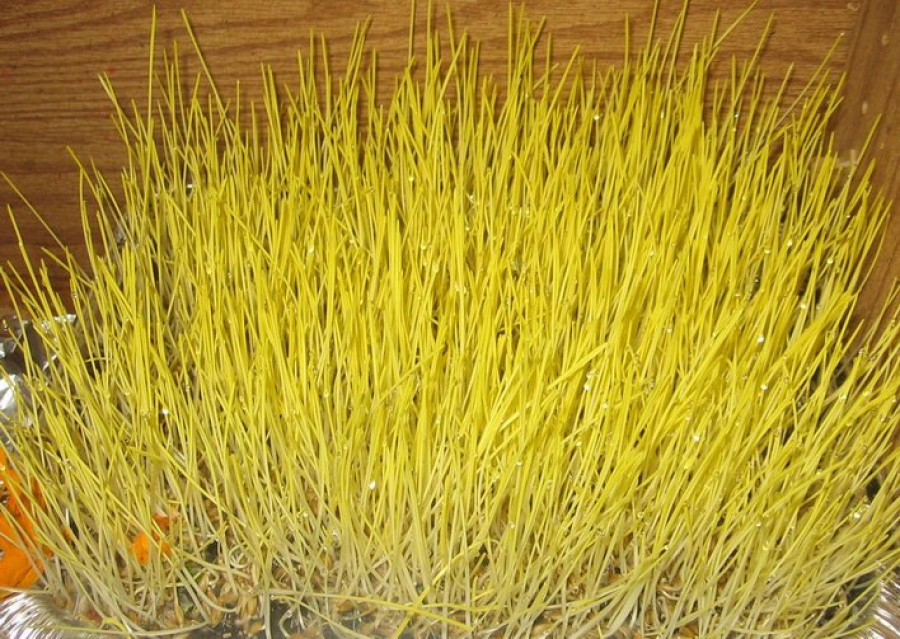Miscellaneous
Ghatasthapana today as Dashain begins
The Dashain festival starts from Saturday as Ghatasthapana is being observed by sowing seeds of Jamara (sacred plants) at home and temples.
The Dashain festival starts from Saturday as Ghatasthapana is being observed by sowing seeds of Jamara (sacred plants) at home and temples.
Dashain, the first day of the Hindu’s greatest festival, is dedicated to the worship of Durga, the goddess of power.
On the day, people clean up their houses early in the morning and prepare for Ghatasthapana, which literally means the placing of the pot. Ghata means pot and Sthapana refers to placing. Hindu god Ganesh is also worshiped on the day and Kalasha (vessel full of holy water) and Diyo (oil-fed lamp) are placed before reading Holy Scriptures. Jamara includes seeds of barley, rice, corn and wheat which are planted on a leaf plate traditionally known as Tapari and Bohta.
Jamara is kept as the blessing of Goddess Durga on the 10th day of Bijaya Dashami by Hindu Nepalis worldwide. Usually the head member of the family plants Jamara after purifying himself/herself by taking a holy bath and wearing clean clothes.
Devotees also visit various Shakti Piths (power centres) of Durga to receive her blessings. Guheshwori, Bhadrakali, Shobha Bhagawati, Mahangkal, Naradevi, Indrayani, Kalikasthan, Maiti Devi and Sankata are know as shakti piths in Kathmandu Valley.
Jamara is offered as blessings by elders to younger on the 10th day. The day is known as Tika. Offering of Tika and Jamara ritual continues for five days till Purnima. Some devotees fast for the prosperity of family members.
On the auspicious occasion of Ghatasthapana and till Navaratri (nine nights), people chant Bhajan (devotional songs) at home and in Shakti Piths.
All nine nights are named according to Hindu scriptures and after the nine incarnations of Durga.
The Nepal Panchanga Nirnayak Samiti has said 8:35 am is the auspicious time for sowing seeds this year.




 14.12°C Kathmandu
14.12°C Kathmandu









